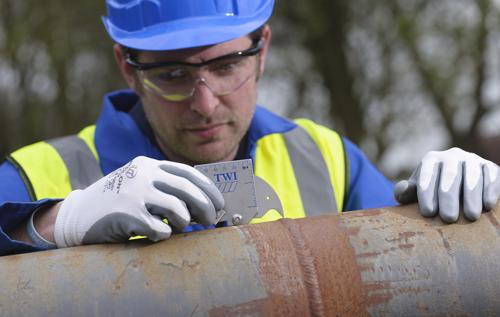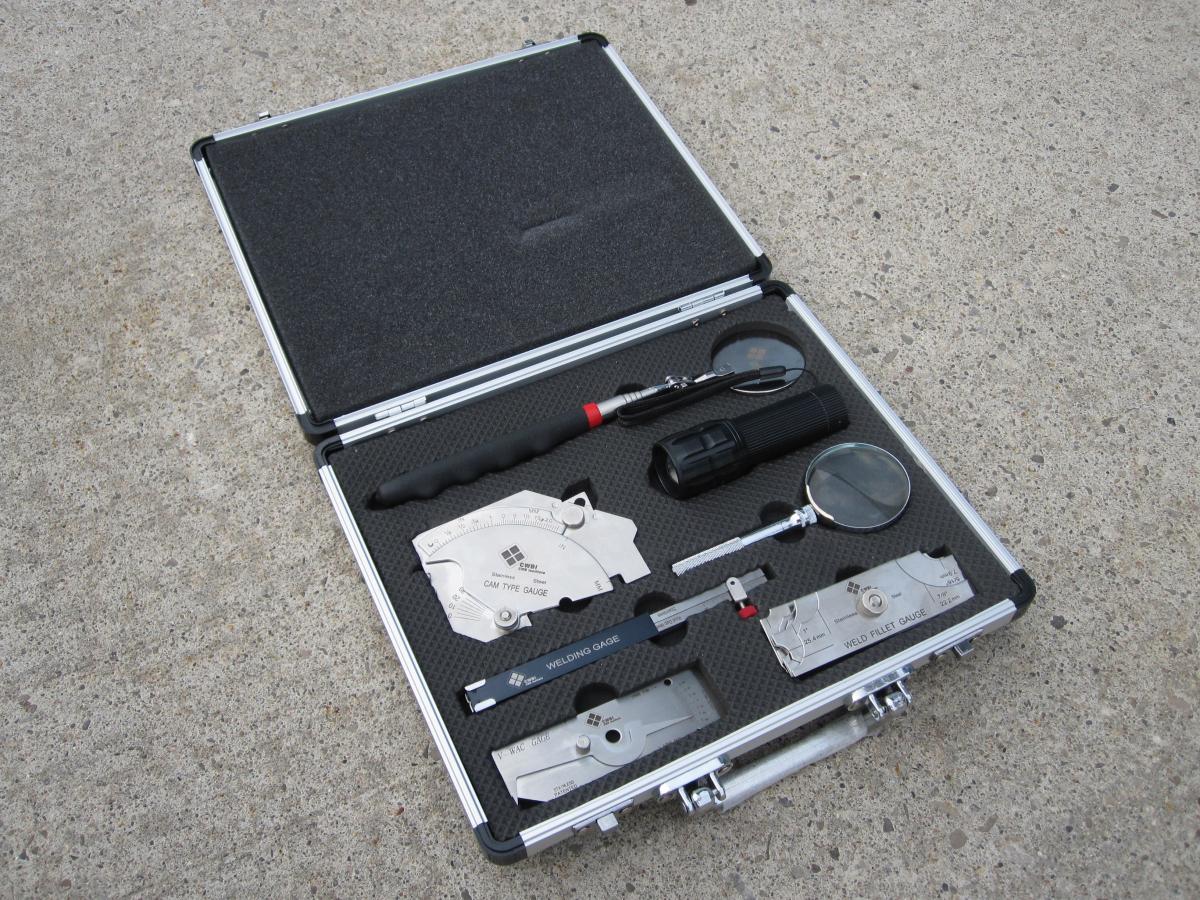A Comprehensive Guide to Welding Evaluation Techniques and Finest Practices for Quality Control in Manufacture Projects
Welding evaluation serves as an essential column in ensuring the structural stability and security of made projects. Establishing reliable methods and a durable quality administration system can boost conformity and reliability.
Importance of Welding Inspection
Welding inspection is an essential part in making certain the integrity and safety and security of bonded structures. The process involves a systematic evaluation of welds to recognize any kind of flaws that may compromise the toughness and longevity of the last product. Effective examination is crucial not just for compliance with industry criteria and guidelines however also for safeguarding the health and wellness and safety of personnel and the general public.

Additionally, welding evaluation acts as an important tool for continuous improvement in fabrication processes. By recognizing reoccuring concerns, companies can carry out restorative procedures, causing boosted training for welders and far better general techniques. Eventually, prioritizing welding evaluation promotes a society of top quality guarantee, making certain that projects fulfill both consumer assumptions and governing needs. This aggressive technique is essential for accomplishing quality in welding and manufacture.
Usual Welding Examination Techniques
Numerous methods are employed to evaluate welds, each tailored to detect specific kinds of issues and make sure quality. Amongst one of the most commonly made use of techniques are aesthetic evaluation, ultrasonic screening, radiographic testing, magnetic particle screening, and dye penetrant testing.
Aesthetic examination is one of the most straightforward technique, permitting inspectors to identify surface area abnormalities such as splits, porosity, and undercutting. Ultrasonic testing uses high-frequency acoustic waves to find internal problems, providing an extensive assessment of weld stability. Radiographic screening utilizes X-rays or gamma rays to produce pictures of the weld, exposing internal flaws that are not noticeable to the naked eye.
Magnetic bit testing is particularly efficient for ferromagnetic materials, determining surface area and near-surface defects by applying electromagnetic fields and utilizing fine bits that show abnormalities. Color penetrant screening includes applying a tinted color to the weld surface area, which permeates right into fractures and is disclosed under ultraviolet light, making it very easy to detect issues.
Each of these strategies plays an essential role in maintaining welding quality, and the selection of an appropriate method relies on the details needs of the manufacture job, including product kind, weld setup, and the preferred level of evaluation.
Vital Assessment Tools


These tools assist make sure that welds fulfill the needed requirements for toughness and longevity. Furthermore, ultrasonic testing tools are employed to find inner defects without endangering the integrity of the weld.
One more crucial tool is the solidity tester, which evaluates the mechanical residential properties of a weld and establishes its viability for specific applications. Welding inspection software aids in recording searchings for, facilitating data evaluation, and guaranteeing conformity with market criteria. With each other, these important assessment devices create a thorough toolbox that supports the welding evaluation process, Get More Information eventually adding to the quality control of fabrication tasks.
Ideal Practices for Quality Control
In the pursuit of high quality assurance, implementing ideal techniques is necessary for accomplishing reputable and constant welding results. Establishing a comprehensive welding high quality management system (WQMS) is find more information basic. This system ought to include specified procedures, criteria, and paperwork practices that lead every phase of the welding procedure.
Normal training and certification of welding employees are essential. Skilled welders with updated expertise of methods and safety steps contribute dramatically to quality. Carrying out pre-welding examinations ensures that materials and devices satisfy defined criteria, lowering the likelihood of problems.
Integrating real-time tracking throughout the welding procedure permits immediate detection of abnormalities, making it possible for rehabilitative actions to be taken promptly. Post-welding assessments, consisting of aesthetic checks and non-destructive screening (NDT), are critical in confirming weld stability and compliance with market requirements.
Furthermore, preserving careful documents of examinations, weld parameters, and rehabilitative activities cultivates a society of liability and continual renovation. Involving stakeholders in normal high quality evaluations can additionally boost the general performance of quality control steps. By adhering to these best techniques, companies can substantially raise their welding quality control initiatives, thus ensuring task success and customer contentment.
Enhancing Security and Compliance
Attaining high standards in welding quality guarantee naturally aligns with the important of boosting security and compliance within the sector. Efficient welding inspection methods are essential in guaranteeing and recognizing prospective hazards that all procedures follow regulative standards. These methods not only serve to keep structural honesty but additionally secure the wellness and security of employees involved in manufacture projects.
Applying extensive examination protocols, such as aesthetic evaluations, non-destructive screening (NDT), and comprehensive paperwork, develops a culture of safety and security and accountability. Educating welders and inspectors in present safety guidelines and best methods is important. This ensures that all group members know potential dangers and are equipped to reduce them.
In addition, compliance with market criteria, such as those established by the American Welding Society (AWS) and the International Organization for Standardization (ISO), is non-negotiable. Routine audits and analyses aid identify gaps in security actions and advertise continuous enhancement - Welding Inspection Milwaukee. Eventually, a dedication to enhancing security and conformity not just fosters a safer working useful source atmosphere yet additionally results in exceptional top quality end results and reduced liability for organizations involved in welding construction
Verdict

Welding examination offers as a basic pillar in making certain the architectural integrity and safety of fabricated projects.Welding inspection is an important component in making certain the stability and safety of welded frameworks. Inevitably, focusing on welding inspection cultivates a culture of high quality assurance, making sure that tasks fulfill both consumer assumptions and regulative needs. With each other, these vital examination devices form a thorough collection that sustains the welding assessment procedure, inevitably contributing to the high quality assurance of construction tasks.
In conclusion, effective welding evaluation is important for guaranteeing the structural honesty and safety of made projects. Welding Inspection Milwaukee.